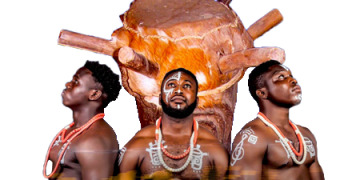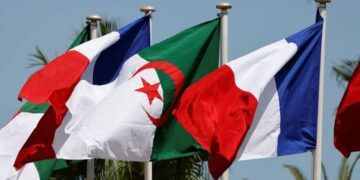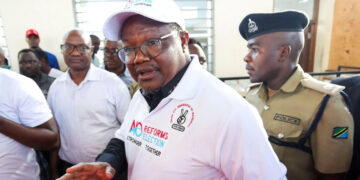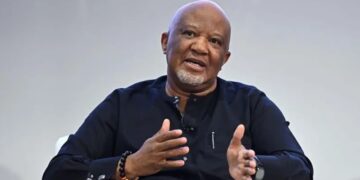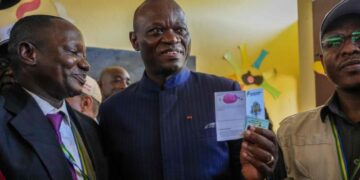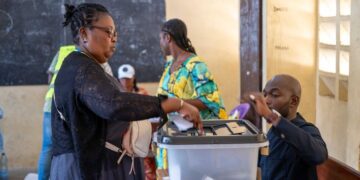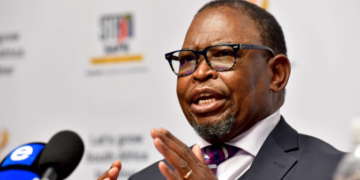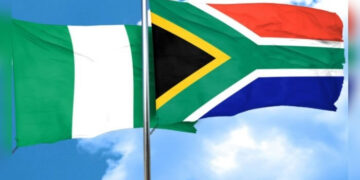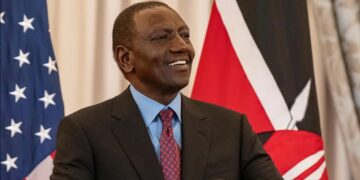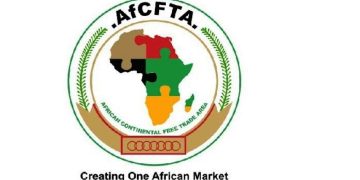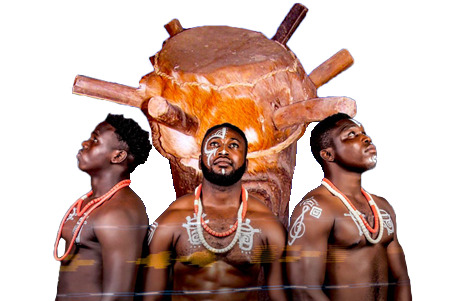With the advent of civilization, the Igarra traditional marriage gives the intended couple the leverage of establishing a relationship before actual marriage. Recently, our correspondent EBI KESIENA witnessed the union of two Igarra kindreds.
Igarra a tribe in Edo state, was founded by emigrants from Idah, known ethnically as Anetuno that speaks the Etuno Language. Igarra is also one of the ethnic nationalities that makes up Afemai land in Edo State.
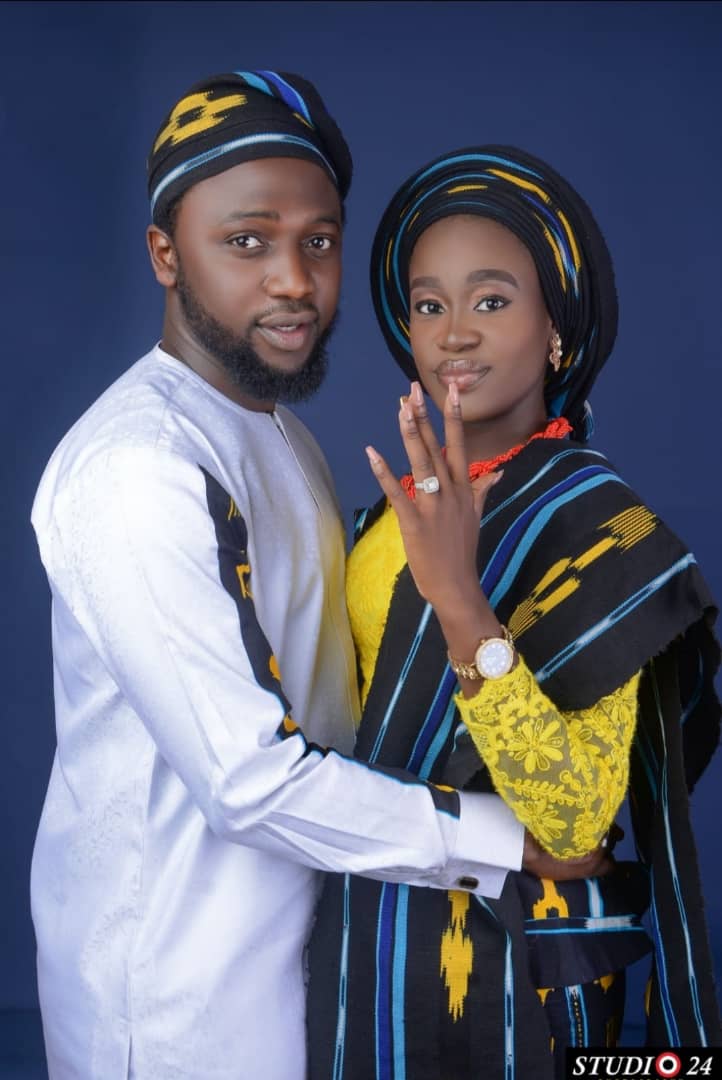
According to Oba Emmanuel Adeche, the Otaru of Igarra and the crown head, the Igarra/Akoko clan migrated from the North. The founder of Igarra, Ariwo Ovejijo, came from Idah to Igarra around the 14th century. When the founding forefathers got to Igarra, they met the original inhabitants who were dwarfs. Their king was Uno, who became friends with our forefather, Ovejijo and they lived together. But after some time, Uno decided to give way to our forefathers.
Another report says Igarra people migrated from the Kwararafa confederacy of the Jukun kingdom of Wukari, in the present Taraba state of Nigeria in about the 21st century to Idah, in the present Kogi state.
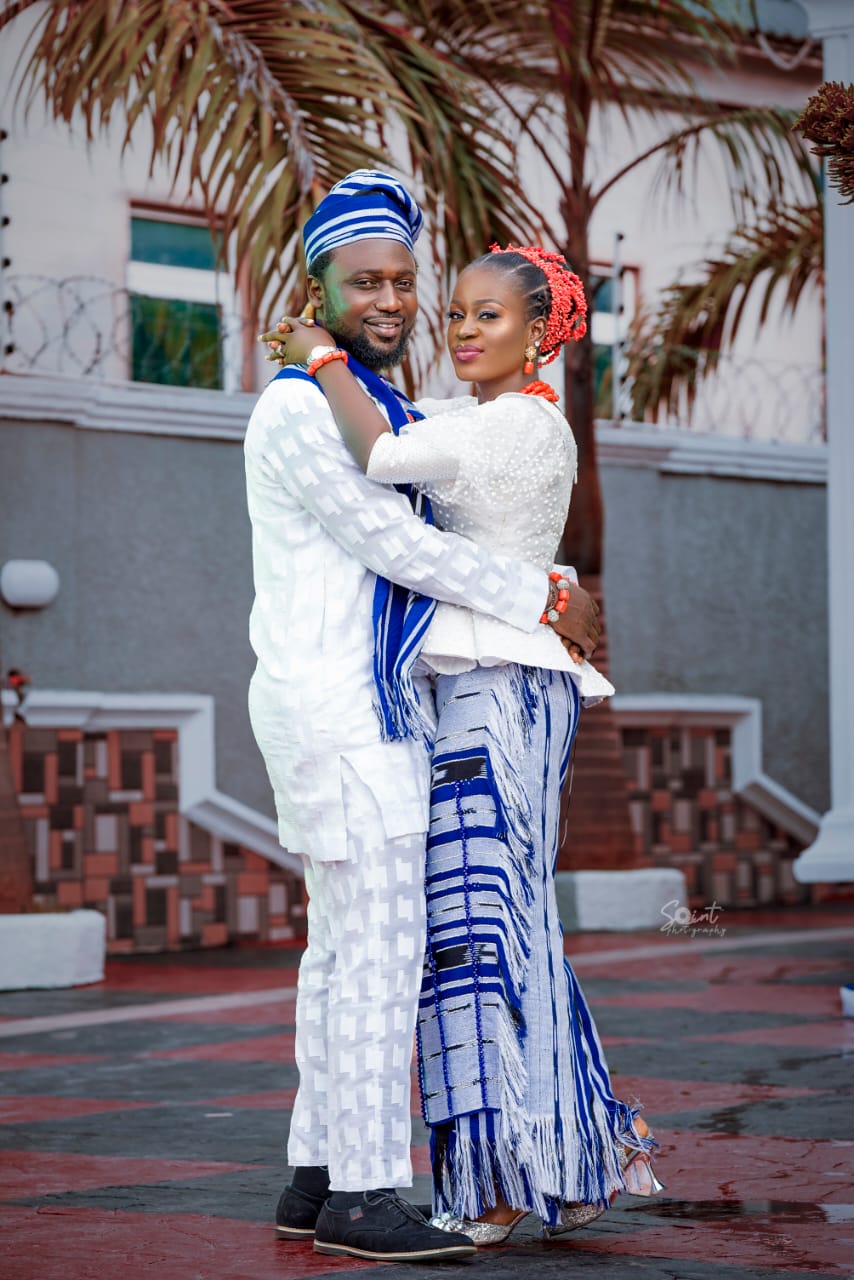
According to HRH Oba E.A. Saiki the Otaru of Igarra and archives records, in the olden days, Igarra people practiced a system of marriage where the parents go out to look for suitors and wife for their children. They have to look at the family background before deciding whether to go forward or not. In those days the girls were betrothed between the ages of 7 and eight 8 years and were expected to move to their husband’s house as soon as they experienced their first menstruation flow. However, this is no longer applicable as a result of civilization.
Recently, Mr. Paul Azemata Amune, the Son of Mr. and Mrs. Samuel Yakubu Amune joined his heartthrob Clementina Emisho Akpeji, the daughter of Mr and Mrs Monday Sule Akpeji in the traditional Igarra marriage where he paid a bride price in two groups of N1, 000.00k and N2, 000.00k respectively.
The first step in their traditional ceremony was the bride price discussion which is a dramatic ceremonial process. Once the negotiations were done and everyone is satisfied with the agreed upon price, the introductions began.
Suffice to note that the young bride who has gone through the four walls of a University, was made to pass though the Igarra unique traditional culture, as she is not complete and will not be recognised as a bride if she decides to evade the proper traditional marriage rites of her people.
The 1000 naira is paid as dowry in EZIEZU family group in Igarra which comprises of the Andele, Eshinagada, Eshinogu, Eshinavaka, Andida which happens to be the ruling family kindred according to HRH Oba E.A Saiki, the Otaru of Igarra.
Quite unique as a people, Marriages in Igarra do not give any preferential treatment to indigenes and are not based on the class of the person to be married, but it depends on the choice of the parties involved.
Their traditional dressing is Shokoto, Buba and Agbada. They also have cloth for different kinds of ceremonies. However, there are hand woven cloths made by the Igarra females, usually used for specific ceremonies. These hand-woven clothes are locally called: Itive, lbanku, Anyere, Itaresufa and ltishezi.
Before the advent of Western Civilization. When a boy is of age or when the parents of the boy concerned think he is of age, they go ahead to arrange a marriage for him. But with the advent of civilization, couples do not need their parents to locate their heartthrob, as young people have a lot of means on how to connect with like minds that leads to marriage in the long run.
Captivatingly, one of the main themes in a traditional wedding has to be the infusion of coral beads as Clementina the happy bride was adorned with Ivie, coral beads and crowned with a beaded headpiece.
You cannot take away the part of the ceremony when “fake brides” are brought out by the older women of the family and the groom is asked over and over to identify his bride. Another fun process is during which the groom is extorted for ever money for various activities.
Finally, the bride is brought out, to the groom’s excitement and the groom, hopefully identifies his mate. The bride is then presented to her new family, who then hand over the new wife to her husband.
